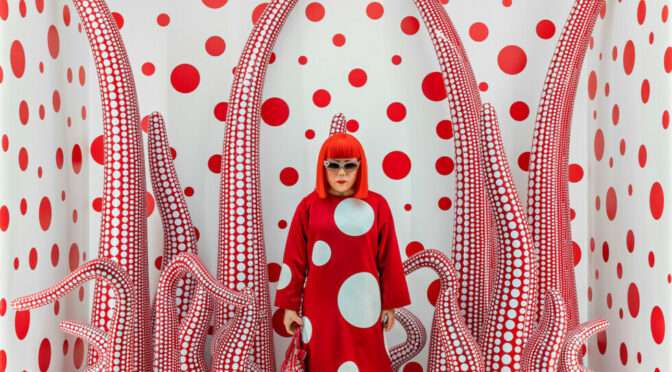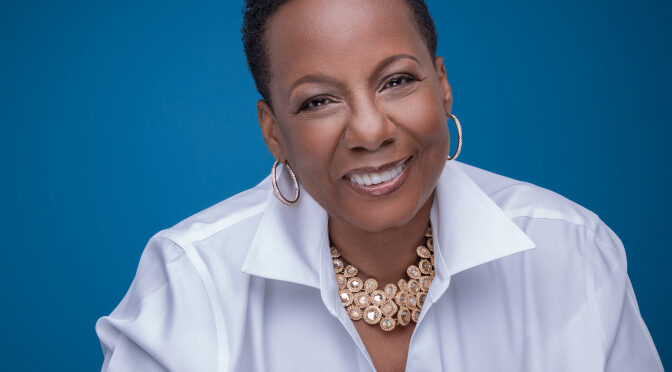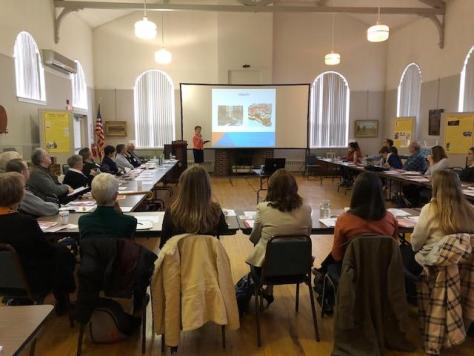This website uses cookies so that we can provide you with the best user experience possible. Cookie information is stored in your browser and performs functions such as recognising you when you return to our website and helping our team to understand which sections of the website you find most interesting and useful.
Welcome to
Center for Creative Placemaking: Bridging Culture, Community, and Growth
The Center for Creative Placemaking is dedicated to advancing the integration of arts and culture in community development. Through education, research, and collaboration, we empower leaders and organizations to use creative strategies that drive social, cultural, and economic growth, turning spaces into thriving and inclusive places.
Supporting Our Mission: Sponsors and Partners
Our sponsors and partners play a vital role in advancing our mission to integrate arts and culture into community development. Through their generous support and collaboration, we’re able to empower communities, foster creative growth, and transform spaces into vibrant, inclusive places for all.




About Us
Our Mission and Vision
The Center for Creative Placemaking (CCP) is dedicated to advancing the role of arts and culture as powerful tools for community, social, and economic development. Serving as a hub of knowledge and training, CCP actively supports the practice and understanding of Creative Placemaking across diverse communities.
With a team of interdisciplinary professionals, we conduct research and develop educational programs that inspire leaders to integrate creative approaches into development strategies. By offering workshops, seminars, and continuing education courses, we empower individuals to implement creative placemaking both in New Jersey and beyond.
As the only organization focused on preparing people to become Technologists in applied Creative Placemaking, we strive to build stronger, more connected communities through the arts.
Services
Our Services for Creative Placemaking
We provide a wide range of services designed to help communities integrate arts and culture into their development efforts. From tailored educational programs to expert consulting and in-depth research, our goal is to support organizations and leaders in creating vibrant, sustainable spaces that foster social, economic, and cultural growth. Whether starting a new initiative or enhancing an existing project, we offer the tools and expertise needed for effective creative placemaking.

Educational Programs and Workshops
We offer a variety of learning opportunities, including workshops, seminars, and continuing education courses, designed to empower leaders, artists, and community members with the skills needed to implement creative placemaking practices effectively.

Consulting and Project Development
Our team provides expert consulting services to guide communities and organizations through every stage of their creative placemaking projects, from visioning and strategy development to implementation and long-term sustainability.

Research and Strategic Planning
We conduct in-depth research to inform best practices in creative placemaking and actively assist communities in strategic planning, helping them effectively harness the power of arts and culture to drive social, economic, and cultural growth and transformation.
Our Programs
Innovative Programs for Community Development
Our programs are designed to inspire and empower communities to leverage arts and culture for meaningful development. We provide hands-on learning experiences, creative problem-solving techniques, and collaborative opportunities to help local leaders and organizations drive positive change. Each program is tailored to meet the unique needs of communities, ensuring the effective use of creative strategies for sustainable growth, economic resilience, and social inclusion. By fostering innovative thinking, we aim to build stronger, more connected communities across diverse regions.


Our Programs
Our Four Core Program Categories
The Center for Creative Placemaking’s programs fall into these four categories:
- Consulting Services: Strategic support and expert guidance for planning and implementing projects effectively.
- Training: Workshops, courses, and seminars to develop skills in creative placemaking.
- Case Studies: Real-world examples of successful creative placemaking projects for practical guidance.
- Evaluation: Services to measure the impact and effectiveness of creative initiatives.
Projects
Realized Projects and Success Stories
The Center for Creative Placemaking has successfully completed a variety of transformative projects across different communities. Each initiative showcases how creative strategies in arts and culture can revitalize public spaces, boost economic activity, and enhance community pride. From public art installations to youth empowerment programs, our realized projects serve as models for fostering social connections, preserving cultural heritage, and promoting sustainable development. These success stories illustrate the powerful impact of creative placemaking on communities of all sizes.
| Project Name | Location | Description | Impact |
|---|---|---|---|
| Art in Public Spaces | Newark, NJ | A series of public art installations and murals created in collaboration with local artists and community members. | Revitalized public spaces, increased community pride, and promoted local culture. |
| Creative Streets Initiative | Trenton, NJ | Transforming vacant and underutilized streets into vibrant spaces for events, markets, and community gatherings. | Enhanced economic activity, improved public safety, and fostered social connections. |
| Cultural Heritage Trail | Paterson, NJ | Development of a walking trail featuring cultural markers and storytelling to celebrate the city’s diverse heritage. | Boosted local tourism, preserved historical narratives, and strengthened cultural identity. |
| Youth Arts Empowerment Program | Camden, NJ | A program designed to engage youth in arts-based projects that enhance their neighborhoods and provide creative skill-building. | Empowered young residents, promoted youth leadership, and beautified the local area. |
These are just a few of the programs that have been successfully implemented through our creative placemaking efforts. Each project highlights our commitment to fostering vibrant, connected, and thriving communities.
Testimonials
Our Success Through Their Words
The impact of our work is best reflected in the words of those we’ve partnered with. Here are some testimonials from community leaders and partners who have experienced the benefits of our creative placemaking programs firsthand.
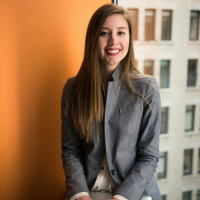
Jessica Carter
Community Development Director

“The CCP has been an invaluable partner in helping us use arts and culture to strengthen our community. Their guidance and expertise have truly made a difference in our development efforts.”
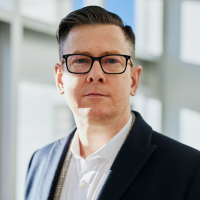
David Greene
Executive Director

“The training provided by CCP was engaging, insightful, and practical. Our organization has greatly benefited from their tailored approach to creative placemaking.”
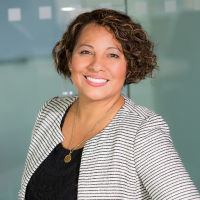
Maria Sanchez
Program Manager

“CCP’s support in our project’s evaluation process was instrumental in achieving sustainable impact. Their team brought fresh perspectives and helped us measure our success effectively.”
News
Our Latest News
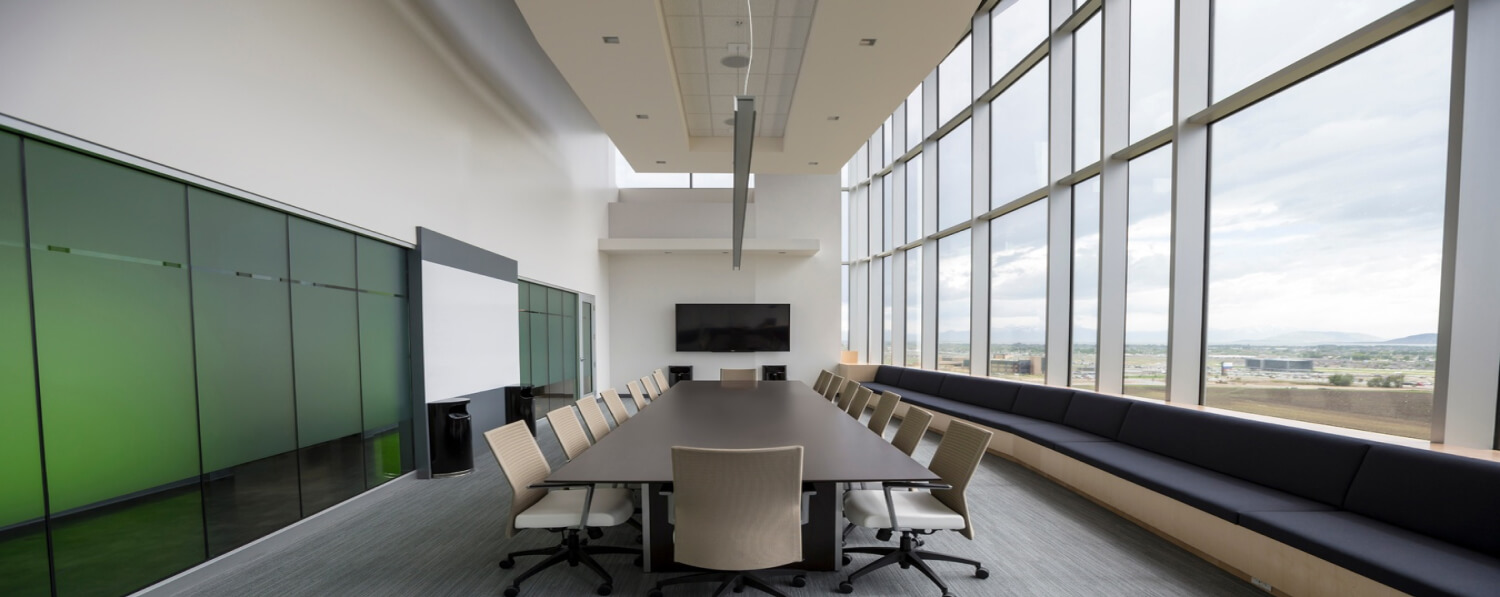
Connect with Us
Get Involved and Transform Your Community!
Join us in making a lasting impact by using arts and culture to create vibrant, thriving spaces—learn how you can be part of our creative placemaking journey today.
Frequently Asked Questions
What is Creative Placemaking?
Creative Placemaking is a strategy that integrates arts, culture, and creativity into community planning and development to foster social, economic, and cultural growth, transforming spaces into vibrant, inclusive places.
How can the Center for Creative Placemaking support my community project?
The Center offers a variety of services, including training, consulting, research, and project evaluation, to help guide and implement creative placemaking practices tailored to your community’s unique needs and goals.
Who can benefit from the programs offered by the Center for Creative Placemaking?
Community leaders, artists, urban planners, local organizations, and anyone interested in fostering sustainable growth through arts and culture can benefit from our educational programs, consulting services, and resources.
How do I get started with a project or partnership?
You can start by reaching out to our team through the contact page on our website. We will work with you to understand your needs and provide tailored support to bring your creative placemaking vision to life.
